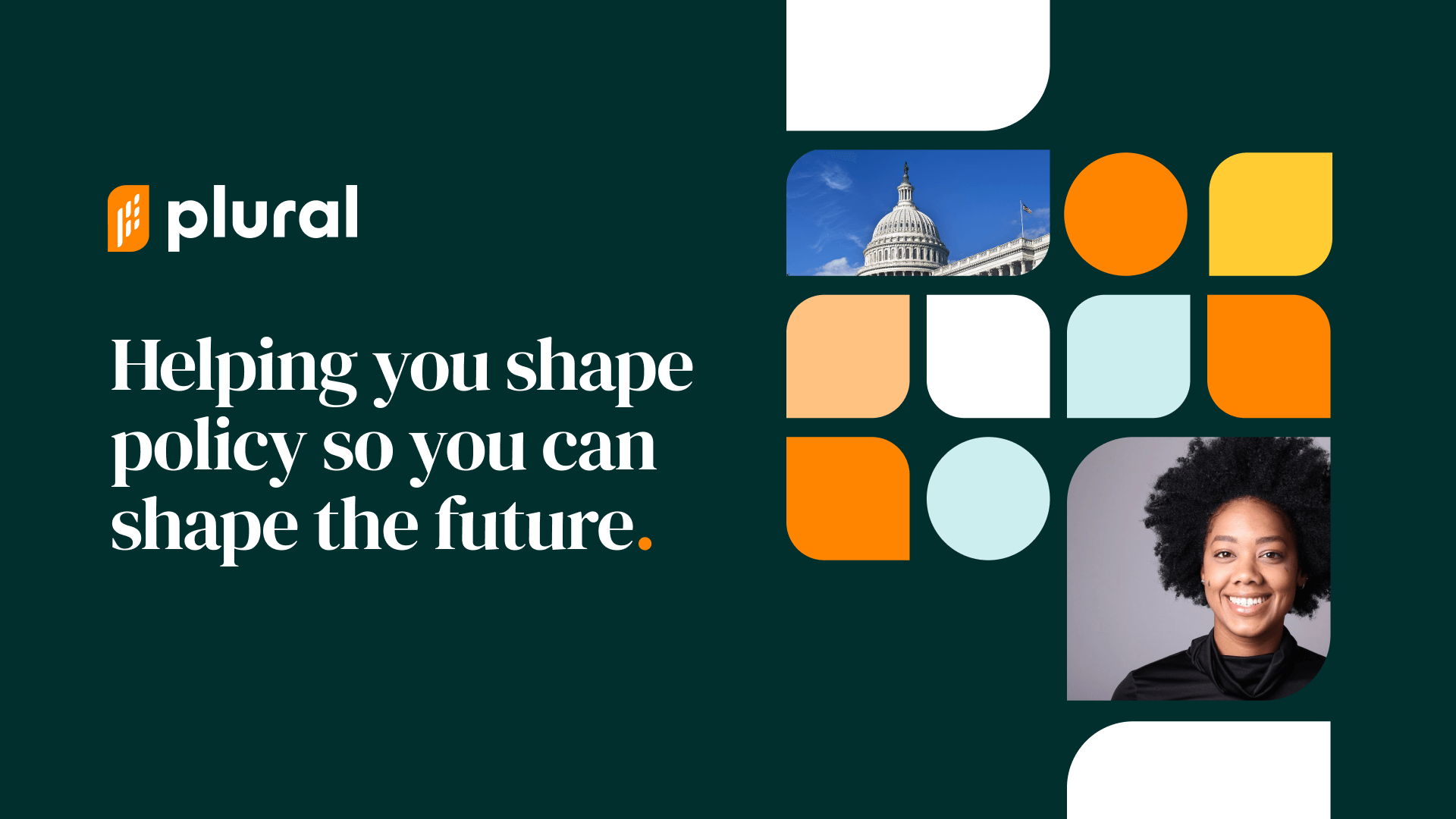All across Australia in 2011, something strange was happening: individual names were popping up on Coke bottles where the company name usually went. They were on billboards of Coke bottles, too, and on television ads. In fact, if your name was one of the 150 most popular in Australia, you were likely to spot yours on a Coke bottle — and chances were, whether you drank Coke or not, you were highly motivated to go out and search for a collectible literally with your name on it.
Soon after its launch in Australia, the Coca-Cola Share a Coke campaign was rolled out globally, where it increased Coke consumption from 2% to 7% across a number of countries. Today Coke continues to innovate the campaign with injections of new twists to the campaign with song lyrics and destinations.
The Share a Coke campaign was and is brilliant and creative, with a deep understanding of human psychology. It also is a great example of brand activation.
And when done right, it really, really works.
What is brand activation?
A brand activation is the process of making your brand known to people. It’s what you do to create awareness and engagement. It is also a means of bringing your brand identity to life by making it tangible across various touchpoints and interactions with target audiences.
Examples of brand activations include:
- An online giveaway that introduces your brand to a new audience
- A guerrilla marketing campaign that has your new mascot popping up in random places around a city to give out your product
- An in-store event to launch a new product
The goal of brand activation is to create deeper brand engagement with a cohesive, recognizable, and compelling brand experience that motivates customers to take action. With this investment, you have the opportunity to make an emotional connection with consumers so they both know and care about your brand, ultimately leading to more meaningful conversions and loyal consumers.
What tactics can you use in a brand activation?
While the concept is simple, there are numerous ways to perform a brand activation that vary widely in their complexity. Your brand activation can include one or a combination of tactics to drive specific actions.
Some examples include:
- Shopper Marketing – focusing on driving consumer sales through a buyer journey in-store and online
- Content Marketing – the creation and sharing of online material (such as videos, blogs, and social media posts) that does not explicitly promote a brand but is intended to stimulate interest in its products or services.
- Experiential Marketing – the process of creating an experience for the customer rather than approaching them through traditional marketing methods
- Influencer Marketing – collaborations between popular social-media users and brands to promote brands’ products or services
- Promotions – offering discounts or free trials for existing products in the market
- Relationship Marketing – marketing that focuses on building longer-lasting relationships with your customers
- Brand Campaigns – targeted communications that help promote awareness of your company
- Product Sampling – allowing people to sample your product before it hits the market in exchange for reviews and feedback
Why you should consider a brand activation
Gaining visibility in a crowded and competitive market is important to many companies, and brand activations are a great way to increase impact.
Here are some examples of how a brand activation can benefit companies at all stages:
For startups
Maybe your company is just getting started and you want to do something to get your products, services, and brand identity in front of customers. Startups can benefit from successful brand activations by jumpstarting awareness of their brand in the market and elevating their name next to larger competitors.
For companies that are rebranding
Maybe you’ve been around forever or have just updated your brand to suit the times, and you want to let everyone know about it. Some of the most common applications of the best brand activations are during product launches or in the run-up to your presence at a big event — sometimes at the event itself. Activating your brand in these moments allows you to share the new face of your company, with the opportunity to make a bigger splash.
For companies that are facing competition
Maybe you’re just looking to drum up more business for your brand that’s facing challenges or declines due to new competition. Activating your brand in a fresh, new way can put the spotlight back on your company and encourage your customers to interact in ways that are different than your typical marketing strategies.
Case Study: Plural
See how Plural worked with The Label Collective to bring a new brand to life through content marketing and website updates.

By activating your brand, you drive growth
Brands can benefit from many different facets of brand activation, and they’re not always visible. Growth can show up in many forms. For example, promoting content that is relevant to their audience can initially drive engagement and site rankings, but can eventually lead to more qualified prospects and customers.
And with nearly half of consumers saying they’re likelier to become loyal to a brand during the first purchase or experience, making sure those moments represent your brand accurately are key.
Conclusion
Whatever the reasons, a brand activation is meant to focus a company’s efforts in an attempt to activate the consumer experience. It is the purest expression of brand — and to make it happen, everything about the brand experience has got to be tight.
Schedule a consultation to find out if a brand activation is right for you.
